Budinjak – the field of tumuli: archaeological investigations 1995 – 2014
Exhibition concept: Želimir Škoberne
Exhibition and poster design: Željko Kovačić, Lana Kovačić
.jpg)
This large Early Iron Age archaeological site, which includes a cemetery and a hillfort near the village of Budinjak, is located fifty kilometers west of Zagreb in the mountainous Žumberak region. The Budinjak hillfort was the main Iron Age settlement in the central part of the Žumberak Heights, with smaller settlements also established nearby.
The Budinjak settlement (the hillfort itself locally called Židovske kuće/Jewish Houses) has an excellent strategic location at the top of a hill dominating a plain, with a view that encompasses all of the terrain both near and far. It is surrounded on three sides by very inaccessible natural cliffs, while towards Budinjak plain, where it is more open, it is surrounded by three rows of earthen ramparts. The total area of the settlement complex measures around 40,000 m2.
The tumulus cemetery (grave mounds) is located to the north below the hillfort in Budinjak plain and extends over an area of around 60,000 m2. Geodetic survey established the existence of 141 grave mounds. The tumuli are circular and of various sizes, with diameters ranging from 5 to 20 m, and heights from 0.50 to 2.20 m. Most of the grave goods found at the Budinjak cemetery belong to the Early Iron Age, while some of the finds are related to the end of the Late Bronze Age. These include fragments or completely preserved items of jewelry (bronze and iron decorative pins, fibulae, bronze and iron bracelets, bronze anklets, and iron, glass and amber necklaces), equestrian equipment, belt buckles, crescent-shaped razors, iron and bronze spears, daggers, and axes, etc., as well as the usual pottery material, which in terms of the workmanship, manner of firing, and decoration of the vessels exhibits similarities with the Hallstatt circle of the southeastern Alpine region, although distinct affinities can also be noted, particularly among the metal finds, to the Early Iron Age groups of northern and central Italy, particularly those in the Caput Adriae region. However, influences from other areas can also be noted among the material remains from the Budinjak cemetery. This refers primarily to the Pannonian, central Bosnian, Dalmatian, Lika, and central Italian regions. The attention of the professional and cultural public was particularly drawn by the discovery of bowl-shaped helmets in the princely graves of tumuli 3 and 139. Technological investigation has enabled insight into the very complicated techniques of manufacturing bowl-shaped helmets, opening new possibilities for the classification and more precise dating of this group of the earliest Hallstatt helmets.
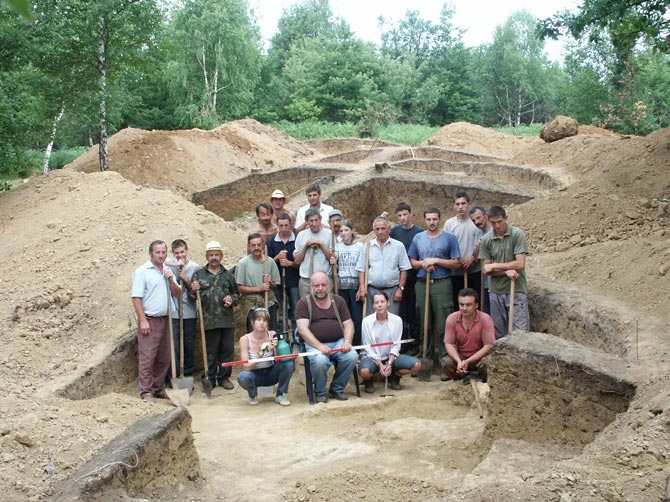
Something new is learned each year in the excavations of the Budinjak cemetery; sometimes this refers to the burial ritual, sometimes to the tomb architecture and the construction of the mounds themselves, and always some new find comes to light from the graves that had not been discovered in previous excavations. The experience of years of work and the perception of differences in the mode of burying the deceased and the grave architecture of the tumuli have enabled their specific definition. In this manner, ten types of burial within or outside a tumulus have been distinguished at the Budinjak cemetery.
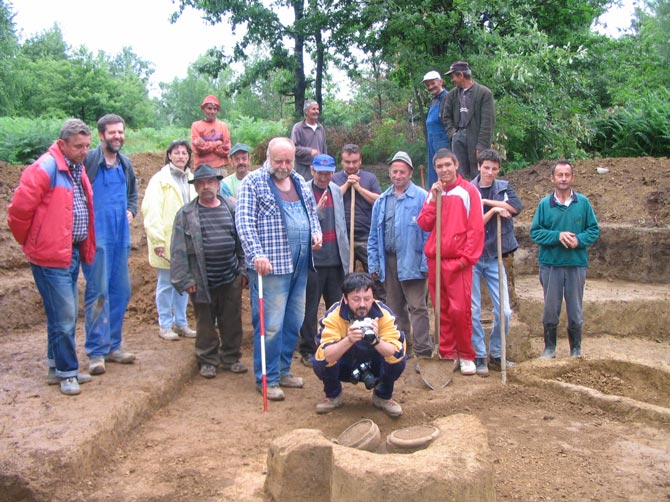

Along with Budinjak, a large number of identified and hypothesized sites from the same chronological period have been documented in the Žumberak region, which has enabled the definition of the Budinjak Group as an Early Iron Age cultural phenomenon in central Croatia. Data will be gathered in future investigations that will perhaps show a different chronological or cultural image for some of the sites that at present are included in the Budinjak Group. What can be affirmed with a great degree of security on the basis of the present state of research is the importance and role of the site from which the entire group received its name. The richness of the finds discovered to the present in the cemetery at Budinjak bears witness to the economic power of the Early Iron Age population that lived at the Budinjak hillfort. This economic power can be compared to that of the richest Iron Age sites in the southeastern Alpine region. There is no doubt that in the Early Iron Age Budinjak was a major regional center in the Žumberak region, and that it played an important and very probably dominant role in forming the cultural identity of the entire region.
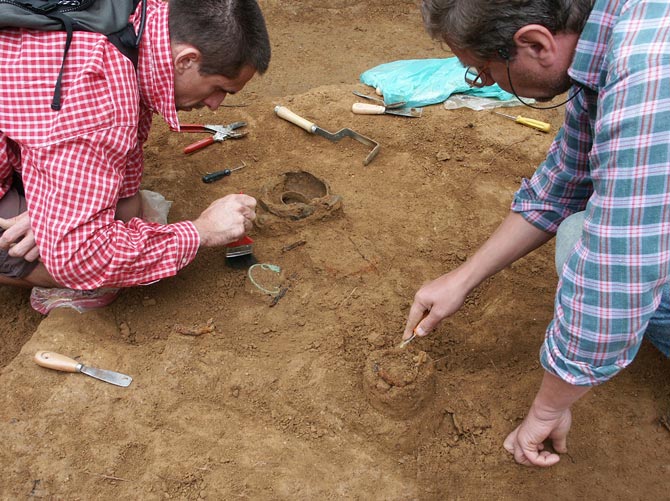
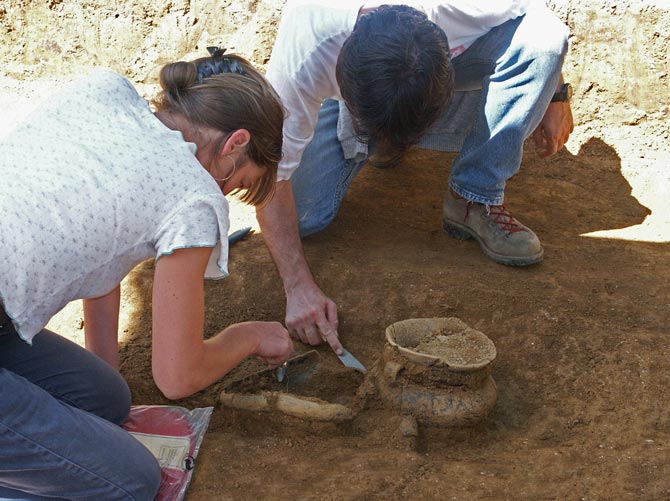
The excavations at Budinjak marked the beginning of the systematic investigation of prehistory in the Žumberak region. The exceptional finds discovered at Budinjak have been joined by numerous other significant finds and sites, which all bear witness to the importance of research into this area for the study of central European prehistory. Žumberak is located at the crossroads of the Pannonian plain, the southeastern Alpine region, and the Dinaric Mountain chain – leading to the Mediterranean world, in an area subject to trade and cultural influences and their mutual penetration. Undoubtedly the display and analysis of the prehistoric material from Žumberak will attract yet greater attention than ever.
Although the analysis of the material remains discovered at Budinjak has not been entirely completed, this exhibit is intended to show the diversity and importance of the finds. Hence the exhibit presents nineteen grave assemblages and numerous other material remains discovered during the last twenty years of excavation.
Želimir Škoberne
Pictures from the exhibition
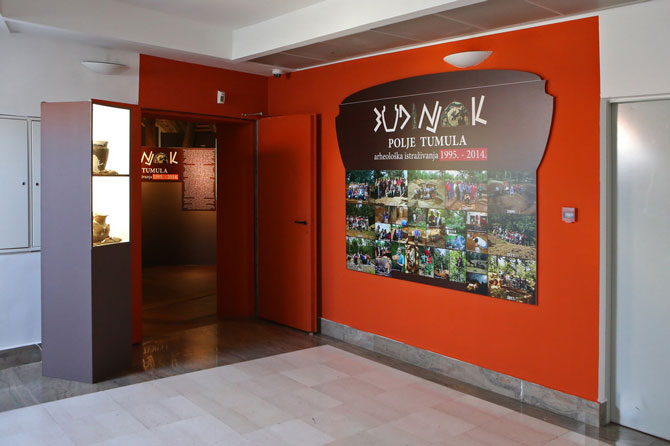





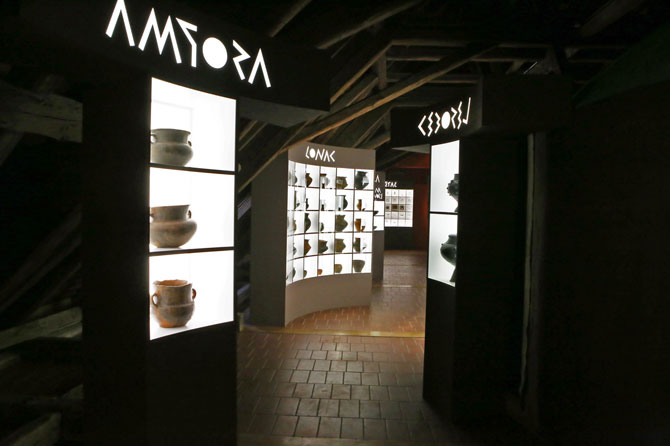
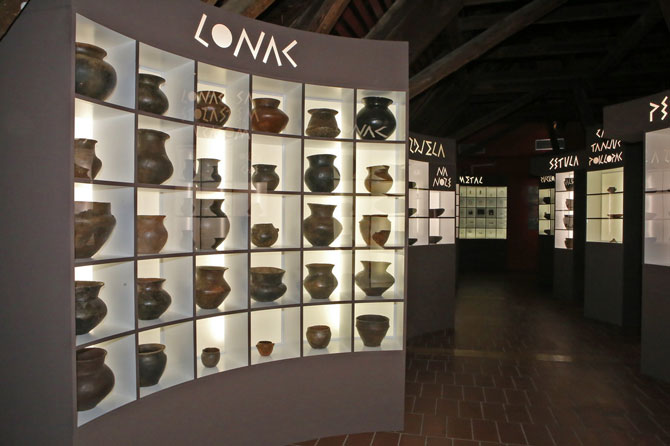




photo Miljenko Gregl, ZCM

